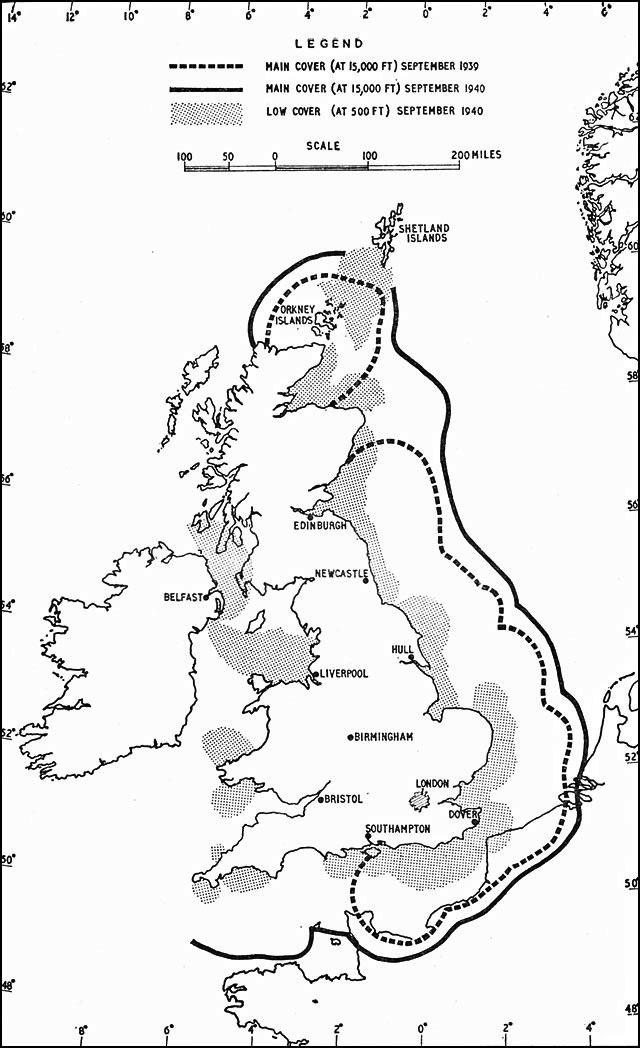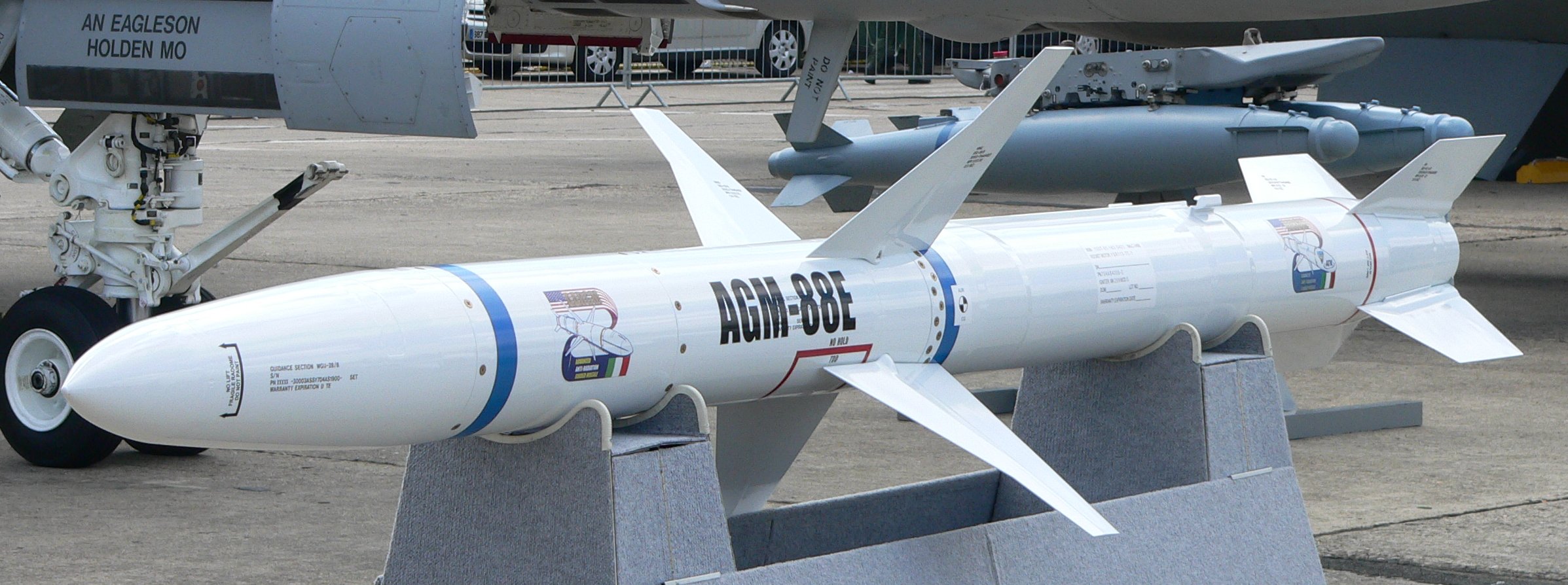|
Radar Warning Receivers
Radar warning receiver (RWR) systems detect the radio emissions of radar systems. Their primary purpose is to issue a warning when a radar signal that might be a threat is detected, like a fighter aircraft's fire control radar. The warning can then be used, manually or automatically, to evade the detected threat. RWR systems can be installed in all kind of airborne, sea-based, and ground-based assets such as aircraft, ships, automobiles, military bases. Depending on the market the RWR system is designed for, it can be as simple as detecting the presence of energy in a specific radar band, such as the frequencies of known surface-to-air missile systems. Modern RWR systems are often capable of classifying the source of the radar by the signal's strength, phase and signal details. The information about the signal's strength and waveform can then be used to estimate the type of threat the detected radar poses. Description The RWR usually has a visual display somewhere prominent in ... [...More Info...] [...Related Items...] OR: [Wikipedia] [Google] [Baidu] |
Ground-controlled Interception
Ground-controlled interception (GCI) is an air defence tactic whereby one or more radar stations or other observational stations are linked to a command communications centre which guides interceptor aircraft to an airborne target. This tactic was pioneered during World War I by the London Air Defence Area organization, which became the Royal Air Force's Dowding system in World War II, the first national-scale system. The ''Luftwaffe'' introduced similar systems during the war, but most other combatants did not suffer the same threat of air attack and did not develop complex systems like these until the Cold War era. Today the term GCI refers to the style of battle direction, but during WWII it also referred to the radars themselves. Specifically, the term was used to describe a new generation of radars that spun on their vertical axis in order to provide a complete 360 degree view of the sky around the station. Previous systems, notably Chain Home (CH), could only be directed ... [...More Info...] [...Related Items...] OR: [Wikipedia] [Google] [Baidu] |
Chaff (countermeasure)
Chaff, originally called Window or Düppel, is a radar countermeasure involving the dispersal of thin strips of aluminium, metallized glass fiber, or plastic. Dispersed chaff produces a large radar cross section intended to blind or disrupt radar systems. Modern military forces use chaff to distract active radar homing missiles from their targets. Military aircraft and warships can be equipped with chaff dispensing systems for self-defense. During its midcourse phase, an intercontinental ballistic missile may release chaff along with its other penetration aids. Contemporary radar systems can distinguish chaff from legitimate targets by measuring the Doppler effect; chaff quickly loses speed after leaving an aircraft, and the resulting shift in wavelength of the radar return can be measured. To counter this, a chaff cloud can be illuminated by the defending vehicle with a doppler-corrected frequency. This is known as JAFF (jammer plus chaff) or CHILL (chaff-illuminated). ... [...More Info...] [...Related Items...] OR: [Wikipedia] [Google] [Baidu] |
Missile Lock-on
Lock-on is a feature of many radar systems that allow it to automatically follow a selected target. Lock-on was first designed for the AI Mk. IX radar in the UK, where it was known as lock-follow or auto-follow. Its first operational use was in the US ground-based SCR-584 radar, which demonstrated the ability to easily track almost any airborne target, from aircraft to artillery shells. History In the post-WWII era, the term became more widely used in connection to missile guidance concepts. Many modern anti-aircraft missiles use some form of semi-active radar homing, where the missile seeker listens for reflections of the launch platform's main radar. To provide a continuous signal, the radar is locked-onto the target, following it throughout the missile's flight. Ships and surface-to-air missiles often have a dedicated illuminator radar for this purpose. In older radar systems, through the 1980s, lock-on was normally assisted by a change in the radar signal characteristic ... [...More Info...] [...Related Items...] OR: [Wikipedia] [Google] [Baidu] |
SARH
Semi-active radar homing (SARH) is a common type of missile guidance system, perhaps the most common type for longer-range air-to-air and surface-to-air missile systems. The name refers to the fact that the missile itself is only a passive detector of a radar signal—provided by an external source via radar illumination—as it reflects off the target (in contrast to active radar homing, which uses an active radar transceiver). Semi-active missile systems use bistatic continuous-wave radar. The NATO brevity code for a semi-active radar homing missile launch is Fox One. Concept The basic concept of SARH is that since almost all detection and tracking systems consist of a radar system, duplicating this hardware on the missile itself is redundant. The weight of a transmitter reduces the range of any flying object, so passive systems have greater reach. In addition, the resolution of a radar is strongly related to the physical size of the antenna, and in the small nose cone of ... [...More Info...] [...Related Items...] OR: [Wikipedia] [Google] [Baidu] |
Missile
A missile is an airborne ranged weapon capable of self-propelled flight aided usually by a propellant, jet engine or rocket motor. Historically, 'missile' referred to any projectile that is thrown, shot or propelled towards a target; this usage is still recognized today with any unguided jet- or rocket-propelled weapons generally described as rocket artillery. Airborne explosive devices without propulsion are referred to as shells if fired by an artillery piece and bombs if dropped by an aircraft. Missiles are also generally guided towards specific targets termed as guided missiles or guided rockets. Missile systems usually have five system components: targeting, guidance system, flight system, engine, and warhead. Missiles are primarily classified into different types based on firing source and target such as surface-to-surface, air-to-surface, surface-to-air and air-to-air missiles. Terminology Missile is derived from Latin "missilis" meaning "that may be ... [...More Info...] [...Related Items...] OR: [Wikipedia] [Google] [Baidu] |
Defense Technical Information Center
The Defense Technical Information Center (DTIC, ) is the repository for research and engineering information for the United States Department of Defense (DoD). DTIC's services are available to DoD personnel, federal government personnel, federal contractors and selected academic institutions. The general public can access unclassified information through its public website. History The DTIC traces its history to the June 1945 formation of the Air Documents Research Center (ADRC), a joint effort of the US Army Air Force, US Navy and Royal Air Force to build a single collection of captured German aeronautical research, based in London. The ADRC was initially tasked with the sorting of the document collection into three broad groups; documents that would assist the war in the Pacific theater, documents of immediate intelligence interest to the United States or British forces and documents of interest for future research. With the ending of the war in 1945, the ADRC moved to Wrig ... [...More Info...] [...Related Items...] OR: [Wikipedia] [Google] [Baidu] |
Multi-function Display
A multifunction display (MFD) is a small-screen (CRT or LCD) surrounded by multiple soft keys (configurable buttons) that can be used to display information to the user in numerous configurable ways. MFDs originated in aviation, first in military aircraft, and later were adopted by commercial aircraft, general aviation, automotive use, motorsports use, and shipboard use. MFDs in aviation Often, an MFD will be used in concert with a primary flight display (PFD), and forms a component of a glass cockpit. MFDs are part of the digital era of modern planes or helicopter. The first MFDs were introduced by air forces in the late 1960s and early 1970s; an early example is the F-111D (first ordered in 1967, delivered from 1970–73). The advantage of an MFD over analog display is that an MFD does not consume much space in the cockpit, as data can be presented in multiple pages, rather than always being present at once. For example, the cockpit of RAH-66 "Comanche" does not have ana ... [...More Info...] [...Related Items...] OR: [Wikipedia] [Google] [Baidu] |
Threat Circles
A threat is a communication of intent to inflict harm or loss on another person. Intimidation is a tactic used between conflicting parties to make the other timid or psychologically insecure for coercion or control. The act of intimidation for coercion is considered a threat. Threatening or threatening behavior (or criminal threatening behavior) is the crime of intentionally or knowingly putting another person in fear of bodily injury. Some of the more common types of threats forbidden by law are those made with an intent to obtain a monetary advantage or to compel a person to act against their will. In most U.S. states, it is an offense to threaten to (1) use a deadly weapon on another person; (2) injure another's person or property; or (3) injure another's reputation. Law Brazil In Brazil, the crime of threatening someone, defined as a threat to cause unjust and grave harm, is punishable by a fine or three months to one year in prison, as described in the Brazilian Penal ... [...More Info...] [...Related Items...] OR: [Wikipedia] [Google] [Baidu] |
AGM-88 HARM
The AGM-88 HARM (High-speed Anti-Radiation Missile) is a tactical, air-to-surface anti-radiation missile designed to home in on electronic transmissions coming from surface-to-air radar systems. It was originally developed by Texas Instruments as a replacement for the AGM-45 Shrike and AGM-78 Standard ARM system. Production was later taken over by Raytheon Corporation when it purchased the defense production business of Texas Instruments. Description The AGM-88 can detect, attack and destroy a radar antenna or transmitter with minimal aircrew input. The proportional guidance system that homes in on enemy radar emissions has a fixed antenna and seeker head in the missile's nose. A smokeless, solid-propellant, booster-sustainer rocket motor propels the missile at speeds over Mach 2. The HARM was a missile program led by the U.S. Navy, and it was first carried by the A-6E, A-7, and F/A-18A/B aircraft, and then it equipped the EA-6B and EA-18G dedicated electronic atta ... [...More Info...] [...Related Items...] OR: [Wikipedia] [Google] [Baidu] |
AN/ASQ-213
The AN/ASQ-213 HARM targeting system (HTS) is a targeting pod mounted to either of the engine inlet hardpoints of an F-16 Fighting Falcon aircraft. It enables the aircraft to track the location of hostile radar systems in any weather, and identify them to allow for usage of the AGM-88 HARM missile or other air-to-ground weapons. It greatly assists in Suppression of Enemy Air Defenses (SEAD) and Destruction of Enemy Air Defenses (DEAD) operations, where surface-to-air missile (SAM) sites are directly attacked or threatened, and therefore suppressed, by aircraft carrying anti-radar missiles and other munitions. While the firing of anti-radar missiles (AGM-88 HARM) in Harm As Sensor (HAS) mode, an HTS pod greatly reduces the workload of the pilot, increases the precision of the HARM, and allows HARMs to be fired while pointed away from the SAM site being attacked when in Equation of Motion (EOM) mode. As an aircraft maneuvers closer to a SAM site and is scanned by the radar for lon ... [...More Info...] [...Related Items...] OR: [Wikipedia] [Google] [Baidu] |







